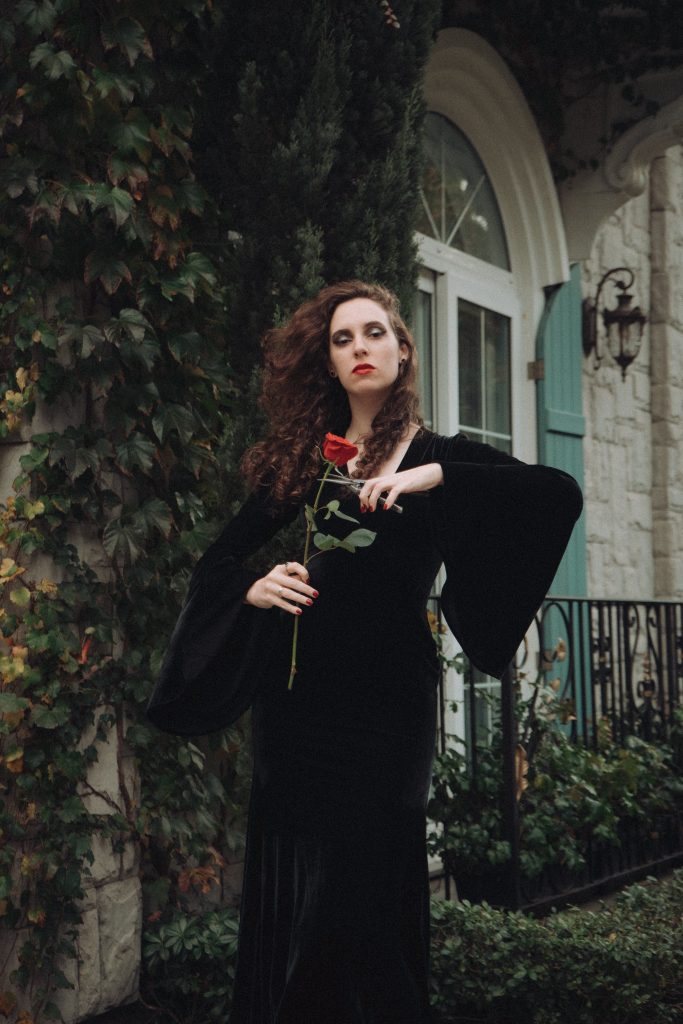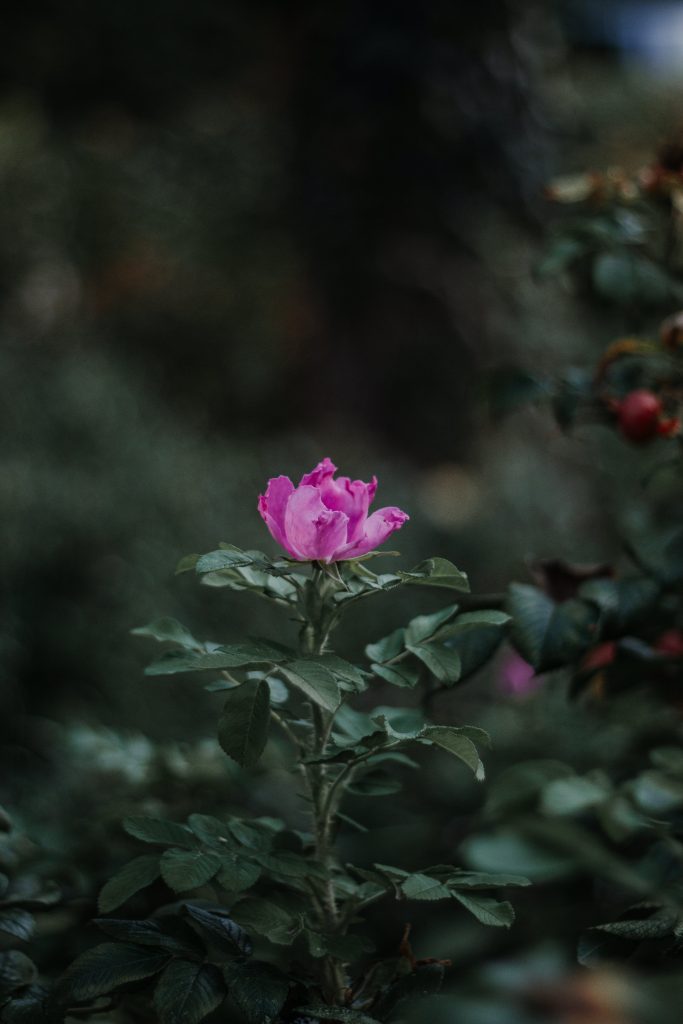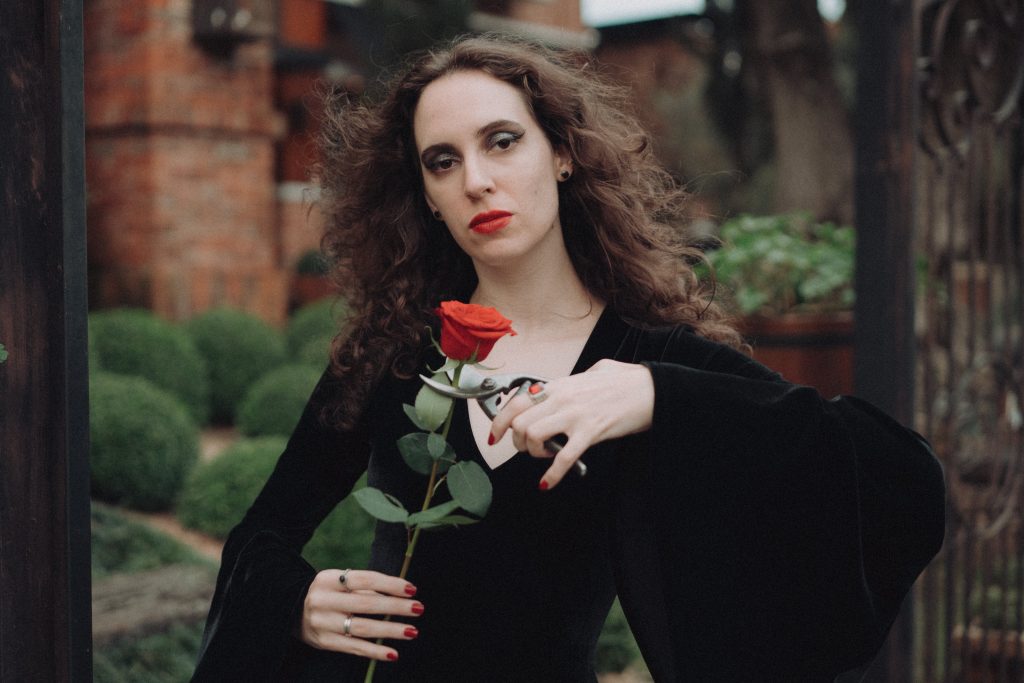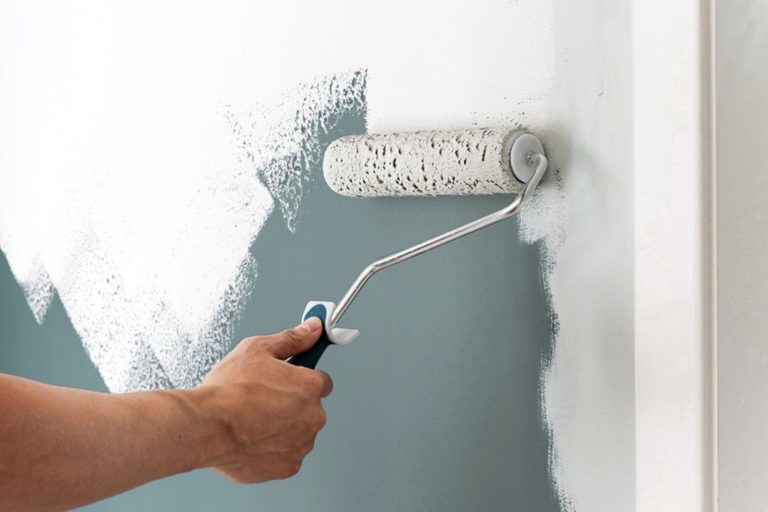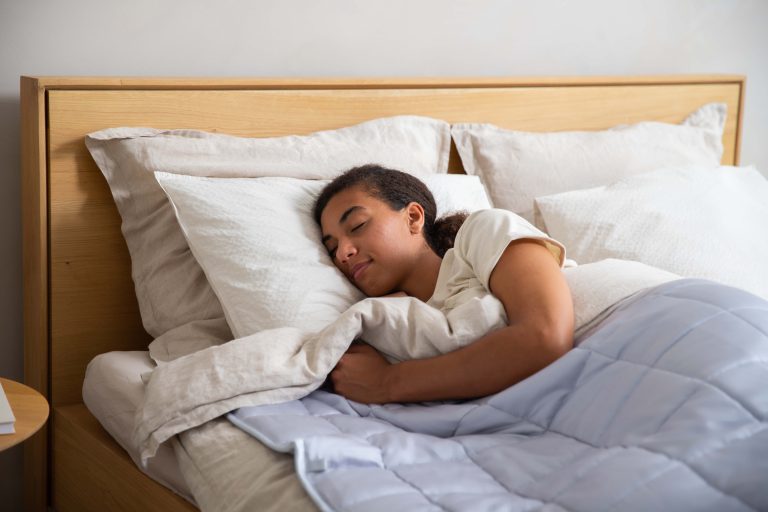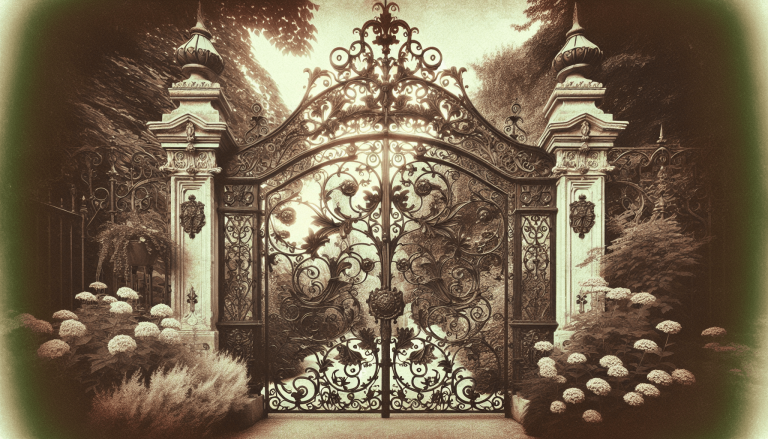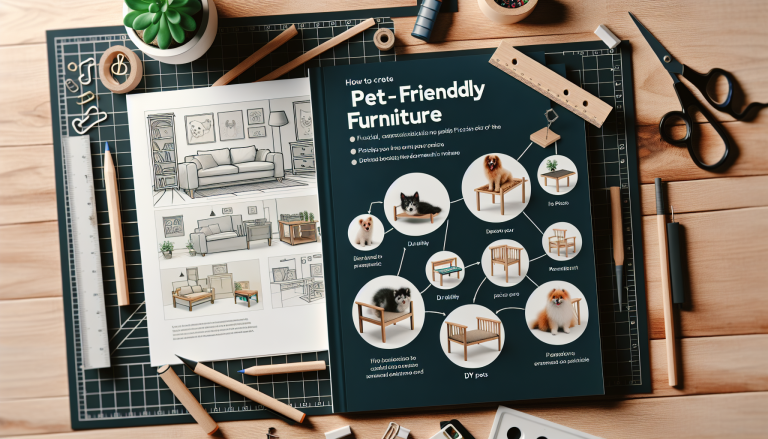Imagine a garden buzzing with the delightful fluttering of bees and butterflies, a colorful symphony of nature right in your own backyard. If you’ve ever wondered how to attract these beloved pollinators to your garden, you’re not alone. In this article, we’ll explore some simple yet effective ways to create a haven for these winged creatures, from choosing the right plants to providing essential resources. So dust off your gardening gloves and get ready to welcome a vibrant ecosystem that will not only beautify your surroundings but also contribute to the overall health of our planet.
Table of Contents
ToggleCreating a Bee- and Butterfly-Friendly Garden
If you’re looking to create a vibrant and thriving garden that not only adds beauty to your outdoor space but also supports important pollinators like bees and butterflies, you’ve come to the right place! By making a few intentional choices and incorporating specific elements into your garden, you can create a welcoming environment for these essential creatures. Let’s explore some key steps to help you transform your garden into a haven for bees and butterflies.
Choosing the Right Plants
When it comes to attracting bees and butterflies to your garden, selecting the right plants is crucial. Opting for nectar-rich flowers is a great way to start. These flowers provide a valuable food source for bees and butterflies, encouraging them to visit and stay awhile. Some excellent choices include lavender, marigolds, zinnias, and sunflowers.
In addition to nectar-rich flowers, it’s also beneficial to include plants with irresistible fragrances. Fragrant plants like roses, honeysuckle, and jasmine will not only add a delightful aroma to your garden but will also lure bees and butterflies with their alluring scents.
To create a visually appealing garden that beckons bees and butterflies, add a mix of flower colors and shapes. Variety in colors and shapes attracts a wider range of pollinators. Consider incorporating a blend of vibrant hues such as purples, blues, yellows, and pinks. Different flower shapes, from clusters to tubular and open-faced blooms, will cater to the preferences of various bees and butterflies.
Selecting Native Flowers and Shrubs
While adding nectar-rich flowers to your garden is important, selecting native species takes the attraction to bees and butterflies to the next level. Native flowers and shrubs have evolved alongside local pollinators, making them an ideal choice for your garden. They provide the precise nectar quantities and qualities that bees and butterflies need.
Understanding the importance of native plants helps support local ecosystems and promotes biodiversity. These plants are well-adapted to the local climate, soil conditions, and pest pressures, making them easier to grow and maintain.
To identify suitable native species for your garden, conduct thorough research or consult with local gardening experts. Consider factors such as the blooming period, preferred soil type, and light requirements of each plant. By selecting native flowers and shrubs, you contribute to the conservation and preservation of local pollinators.
Incorporating a Variety of Blooming Seasons
To attract bees and butterflies throughout the year, it’s essential to incorporate a variety of blooming seasons in your garden. By extending the flowering periods, you provide a continuous food source for these pollinators. This requires careful planning and consideration.
Scheduling plantings and successions is the key to maintaining a constant supply of nectar throughout the seasons. Plant early spring bloomers like crocuses, daisies, and violets to meet the nectar needs of early-emerging bees and butterflies. Follow this with mid and late-season flowers such as coneflowers, black-eyed Susans, and asters. Finally, include fall-blooming flowers like goldenrods and sedums to ensure an abundant food source before winter arrives.
By strategically selecting plants that bloom at different times, you create a diversified and attractive garden that not only captivates the eye but also sustains bees and butterflies year-round.
Creating a Water Source
Water is a vital element for bees and butterflies, providing them with hydration and a place to cool down. By including a water source in your garden, you can attract and support these pollinators.
Consider incorporating various water features such as a shallow birdbath or a small pond. These should provide a gentle and safe access point for insects to land and drink. It’s important to ensure that any deep water is layered with stones or pebbles to prevent drowning. A regular cleaning schedule for your water source will help keep it fresh and prevent the growth of mosquito larvae.
Adding some floating plants, like water lilies, not only beautifies the water feature but also provides resting spots for butterflies. Providing water in your garden completes the oasis that bees and butterflies will truly appreciate.
Providing Shelter and Nesting Opportunities
In addition to food and water, bees and butterflies also require shelter and nesting opportunities. By creating suitable habitats in your garden, you can encourage these precious pollinators to take up residence and thrive.
Building insect hotels and bee houses is an excellent way to provide shelter and nesting sites for bees. These structures consist of various materials like bamboo, wood blocks with drilled holes, and hollow stems. These mimic natural nesting spots and attract solitary bees, which are excellent pollinators.
Leaving some areas of bare ground or brush piles can also benefit butterflies. Certain species of butterflies, such as the common buckeye and painted lady, need open ground for basking and laying eggs. Brush piles serve as shelter for various butterfly species during cold weather or overnight.
Incorporating host plants is another strategy to provide shelter and nesting opportunities for butterflies. Many species lay their eggs on specific plants, known as host plants. For example, monarch butterflies rely on milkweed as their host plant. By including a variety of host plants in your garden, you invite butterflies to complete their lifecycle and ensure their continued presence.
Avoiding Chemical Pesticides
While it’s natural to want to protect your garden from pests and diseases, using chemical pesticides can have detrimental effects on bees and butterflies. These chemicals can harm the very creatures you’re trying to attract to your garden.
Understanding the harmful effects of pesticides is crucial for creating a truly bee- and butterfly-friendly environment. Pesticides not only kill targeted pests but also harm beneficial insects like bees and butterflies, disrupting their populations and ecological balance. They can contaminate nectar and pollen, causing indirect harm to these pollinators.
Instead of relying on chemical pesticides, explore organic pest control alternatives. Methods such as companion planting, using insecticidal soaps and oils, and practicing good garden hygiene can effectively manage pests without harming bees and butterflies. Organic pest control not only protects pollinators but also contributes to the overall health and sustainability of your garden.
Maintaining the Garden for Bees and Butterflies
Once you’ve established a bee- and butterfly-friendly garden, it’s essential to maintain it properly to continue supporting these pollinators. Regular weeding and cleaning are essential to ensure the health of your plants and reduce competition for resources.
Mulching and composting play a vital role in maintaining a healthy garden ecosystem. Mulching helps retain moisture, suppress weeds, and provide organic matter for the soil. Composting allows you to recycle organic waste and enrich your soil, promoting healthy growth and blooming of your plants.
Monitoring and identifying pest problems promptly is crucial for taking appropriate action without resorting to harmful pesticides. By becoming familiar with common garden pests and beneficial insects, you can implement targeted pest control strategies and preserve the balance of your garden ecosystem.
To encourage a balanced ecosystem, avoid removing all dead plant material in the fall. Leaving some stems and seed heads standing provides overwintering habitat for beneficial insects like bees and butterflies. These seemingly lifeless structures offer refuge and food sources during the colder months.
Learning About Bees and Butterflies
To fully appreciate bees and butterflies in your garden, take the time to learn about their behavior and significance in our ecosystem. Understanding their unique characteristics and preferences can deepen your connection and enhance your gardening experience.
Take note of the different species of bees and butterflies that visit your garden. Observe their feeding habits and interactions with different flowers. Resources such as field guides and online platforms can aid in identifying common bee and butterfly species. This knowledge will allow you to cater to their specific needs and make informed choices when selecting plants.
Additionally, educating yourself about the benefits of attracting bees and butterflies to your garden can be motivating and inspiring. These pollinators play a vital role in ensuring the reproduction of many plants, including many of our food crops. By attracting them to your garden, you contribute to the preservation of biodiversity and the sustainability of our planet.
Educating Others and Promoting Bee and Butterfly Conservation
Once you’ve created a bee- and butterfly-friendly garden and developed a deeper understanding of these pollinators, consider sharing your knowledge and experiences with others. By spreading the word and promoting bee and butterfly conservation, you can inspire more people to create their own pollinator-friendly gardens.
Start by sharing your experiences with friends, family, and neighbors. Offer tips and insights on how they can create welcoming environments for bees and butterflies in their own gardens. If possible, organize workshops or community events to discuss the importance of these pollinators and provide practical guidance on creating bee- and butterfly-friendly spaces.
Joining local conservation initiatives is another meaningful way to make an impact. By collaborating with like-minded individuals and organizations, you can contribute to larger-scale conservation efforts. Participate in local bee and butterfly counts, volunteer at community gardens, or support projects that aim to protect and restore vital habitats for these pollinators.
Creating awareness and encouraging sustainable practices are key components of bee and butterfly conservation. Consider hosting presentations or writing articles to raise public awareness about the importance of these pollinators and the steps individuals can take to support them. By working together, we can create a network of gardens that provide sanctuary for bees and butterflies, ensuring their survival for generations to come.
In conclusion, creating a bee- and butterfly-friendly garden is an enriching and rewarding endeavor. By choosing the right plants, incorporating native flowers and shrubs, providing water sources and shelter, avoiding chemical pesticides, and maintaining a balanced ecosystem, you can transform your garden into a haven for these crucial pollinators. So, grab your gardening tools and get ready to welcome a colorful array of buzzing bees and fluttering butterflies into your outdoor space. Happy gardening!

